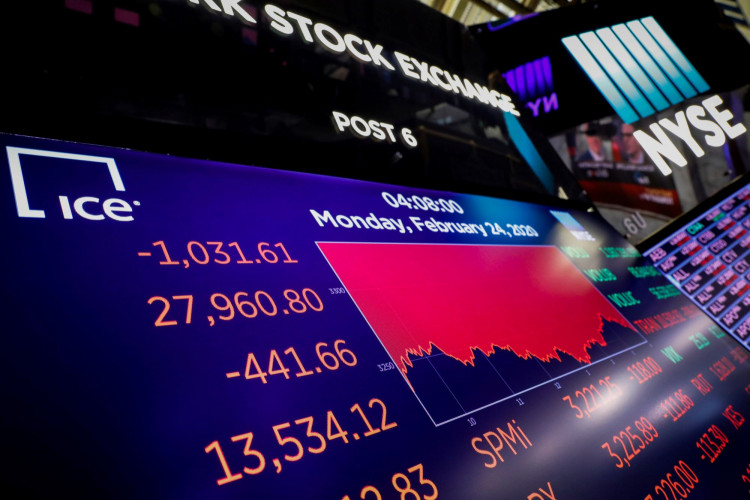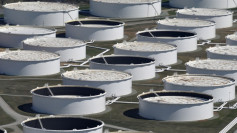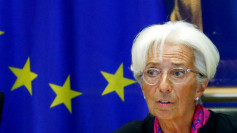Bargain hunting and the promise of a temporary payroll tax cut that will basically de-fund Social Security and Medicare proposed by President Donald Trump helped drive Wall Street to another crazy recovery that saw the Dow Jones Industrial Average ended Tuesday up 4.89% (+1,166.63 points) to 25,017.65 points.
The S&P 500 and the NASDAQ Composite wound-up deep in the green. The former ended trading up 4.94% (135.66 points) to 2,882.22 points. The NASDAQ gained 4.95% (up 393.58 points) to 8,344.25 points.
The broad-based gains led by banking, energy and tech stocks in the midst of the COVID-19 outbreak erased much of Monday's massive losses. Crude oil prices increased by 11%. JPMorgan Chase and Home Depot led the 30-stock Dow higher, up 5.5% and 4.4%, respectively. The S&P 500 energy sector traded up just 0.1% after ballooning as much as 6.8%. Facebook, Amazon, Apple, and Netflix all improved more than 1%.
"Fiscal stimulus is the antidote that can bridge the gap between what was happening before coronavirus and what will happen after it," said Brent Schutte, chief investment strategist for Northwestern Mutual Wealth Management. "It certainly can't cure the virus, but it can help contain some of the economic fallout. Today's trading activity is the market trying to gauge whether the stimulus is going to be sufficient."
Treasury yields rallied Tuesday. The 10-year rate stood somewhere above 0.6% while the 2-year yield traded at 0.48%. The 30-year bond yield climbed back above 1% to trade at 1.133%.
This contrasts to the alarming situation Monday where the huge selloff pushed the benchmark 10-year Treasury note below 0.5% for the first time ever, while the 30-year rate breached 1%. At one point early Monday, the 10-year fell to 0.318%.
After plunging as much as 30% on Monday, oil prices rebounded slightly Tuesday with Brent crude more than 8% higher. Oil posted its worst day since 1991 on Monday with WTI plunging more than 24%. The crash in prices came after Saudi Arabia slashed crude selling prices for April following the collapse in OPEC talks.
The Monday Massacre was a historic bloodbath on Wall Street with all three top indices plumbing record lows. The Dow plummeted 2,014 points, or 7.79%, its biggest single-day loss since October 2008. Before Monday, the biggest one-day loss for the Dow was 1,191 points on February 27.
The S&P 500 crashed as much as 8% on Monday -- its largest intraday drop since 2010 -- before closing 7.6% lower at 2,747 points. The NASDAQ Composite plummeted 7.3% to close 7,950 or 624.94 points lower. Bank stocks took a nasty beating with JPMorgan, Citigroup and Bank of America plunging more than 12%.
"The collapse in yields and oil is signaling an imminent recession," said former hedge fund manager and TV host Jim Cramer. "I think we need to parse everything and remember that while most stocks aren't buyable, they will get to be that soon enough at this pace." Tuesday, however, was an entirely different story.
Payroll taxes are paid by both employers and employees, and fund Social Security, Medicare, and other federal government programs. For Social Security, employee wages are subject to a 6.2% tax up to $137,700. Employees pay a Medicare tax of 1.45%. Employers match what employees contribute by kicking in 6.2% toward Social Security and 1.45% for Medicare.






